Modern Danish Warehouse pop-up opens in London
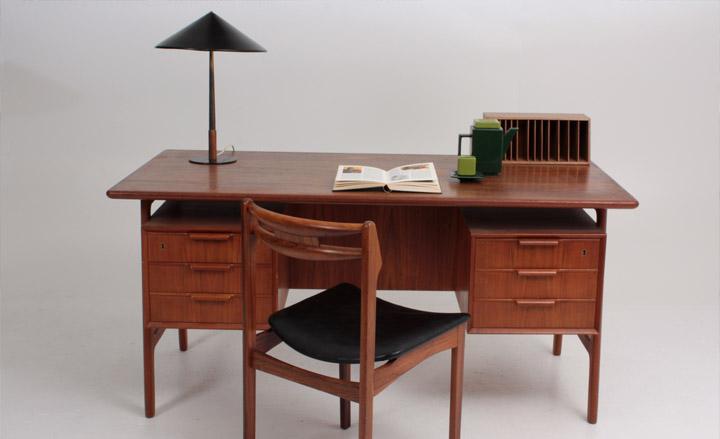
The second edition of the Modern Danish Warehouse pop-up store is about to open its doors in London's South Kensington, uniting Denmark's inimitable design legacy and its fine education system in the best possible way. This year the neatly curated store will present a large selection - about 200 pieces - of vintage finds and rare items used in Danish schools over the past few decades with a focus on mid-century modern. From blackboards and benches, to chairs, stools and desks, there will be a wide range of beautifully crafted furniture on offer.
'The first Modern Danish Warehouse happened almost as an experiment but we knew we wanted to do it again,' says Sigmar and DMW founder Nina Hertig. 'For us it is a playground. Its temporary nature gives us a lot of freedom but most of all we want to show that there is a vast amount of furniture that is really well made, beautiful and classic coming from Denmark; furniture that one can buy for a very competitive price.'
Danish schools, it seems, have an enviably stylish heritage. It was none other than seminal Danish architect Arne Jacobsen that designed many of the pieces on sale, almost setting the pace for the whole project.
Highlights at DMW include Jacobsen's original furniture created for his influential Munkegaard School project (1956); an establishment Hertig was lucky enough to attend as a child and one which recently got a much-discussed makeover and extension by local firm Dorte Mandrup. The original school, a low grid-based structure located in the Copenhagen suburb of Dyssegaard, is a classic modernist example of experimental and innovative school architecture. The building, comprising 24 pavilion-type classrooms interconnected through a parallel corridor system, was an inventive school prototype, complete with a strong colour palette, bespoke fittings and detailing that rendered it a truly unique architectural experience.
Also in the store are genuinely rare finds that owe their existence to the host of high quality schools built in the country. Additionally, contemporary contributors have been tasked to create bespoke pieces around the theme for the Warehouse - such as Danish type foundry Playtype (a project by design agency e-Types), which have created letter-inspired items, and Lebanon-based lighting company PSLab, which has produced a series of lights out of industrial heaters.
Lasting for two weeks only, with prices starting from £40, the Modern Danish Warehouse is a pop-up that comes top of the class.
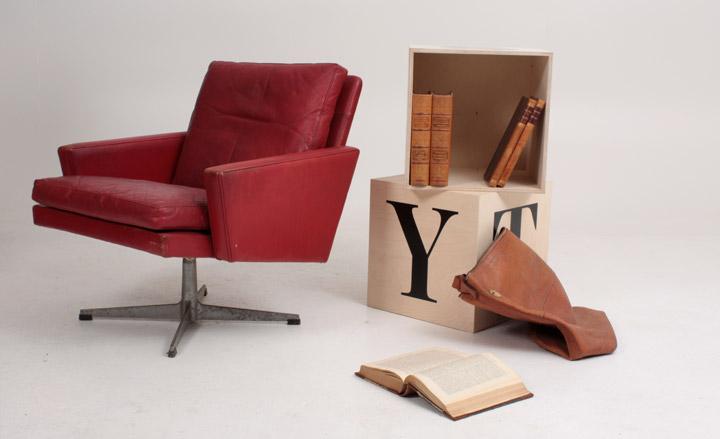
A small selection of the over 200 items available to purchase at the pop-up store
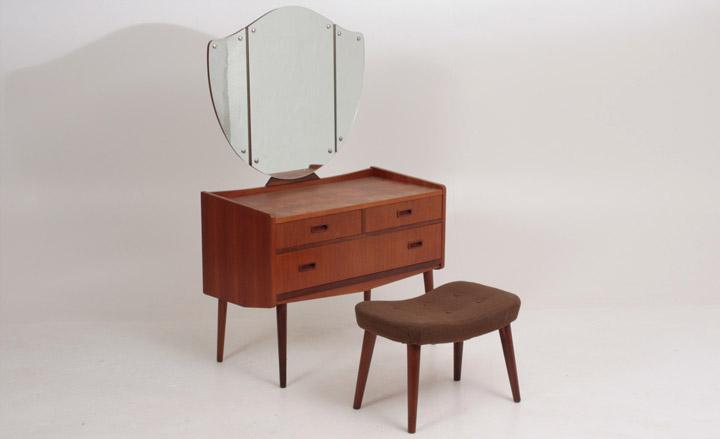
Mid-century cabinets and stools
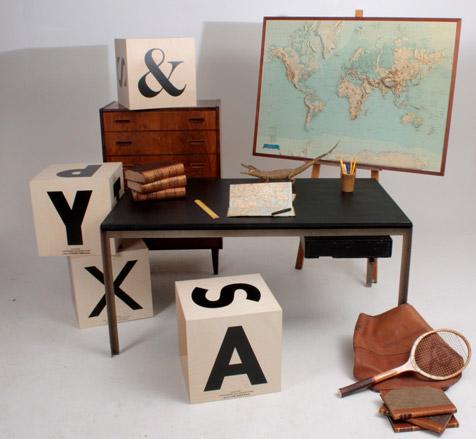
The school theme extends from old blackboards and maps to school desks
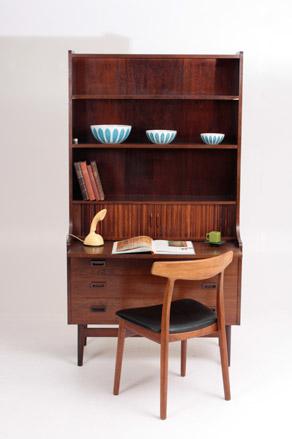
All items are finished to typically Danish, exacting standards

1950s green leather armchair by Fritz Henningsen
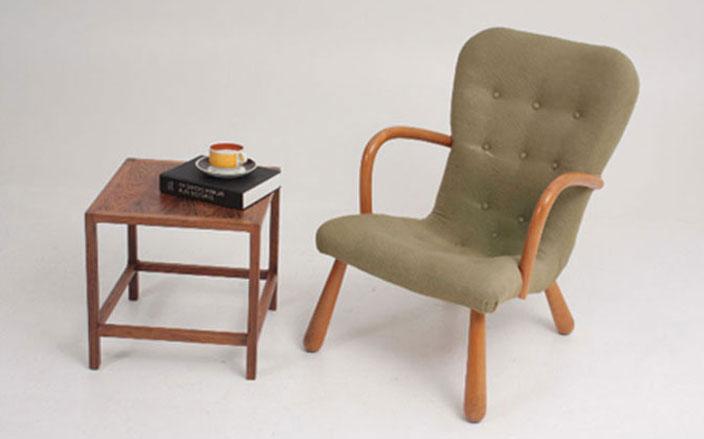
Green Magnus Olesen armchair
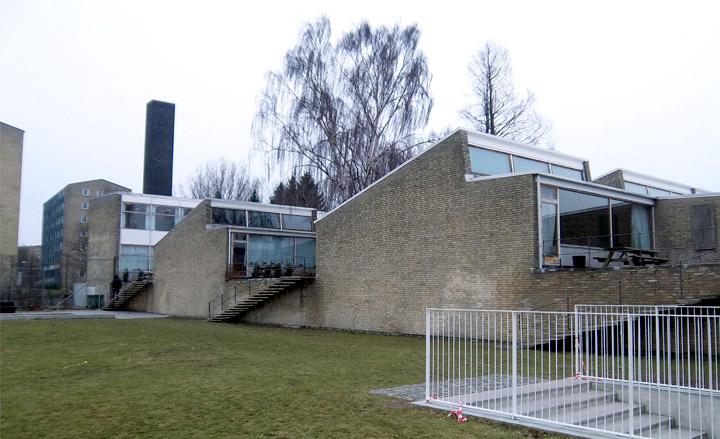
The side facade of the Danish institution that inspired the pop-up store: the Munkegaard School
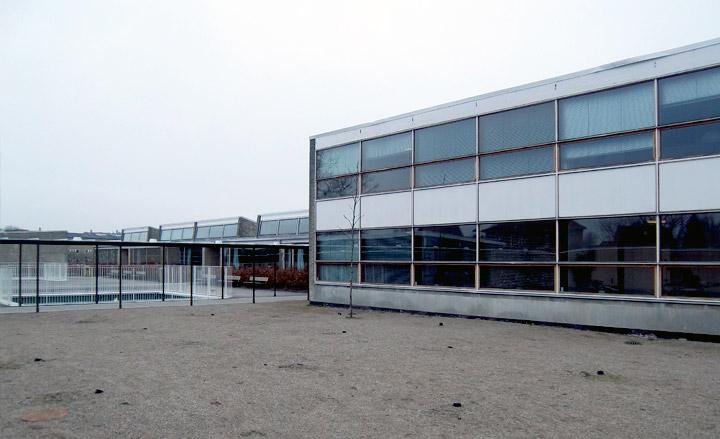
The Jacobsen designed school’s main courtyard
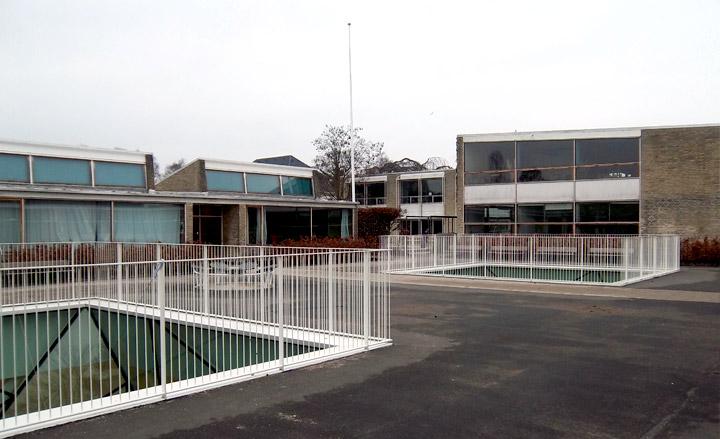
The courtyard gives glimpses of the new underground extension by local firm, Dorte Mandrup, via two light wells
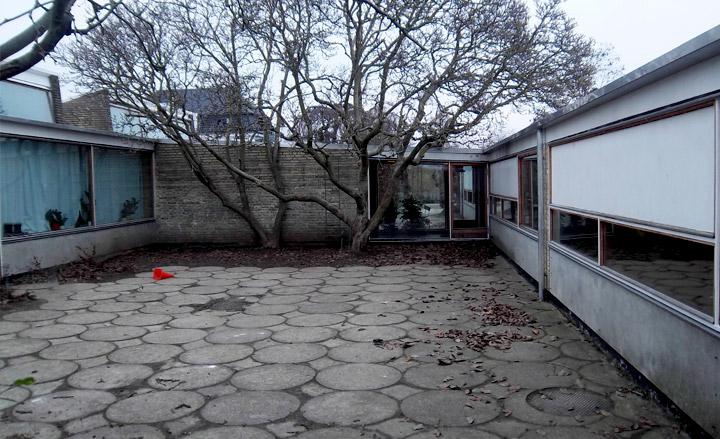
The courtyard gives glimpses of the new underground extension by local firm, Dorte Mandrup, via two light wells
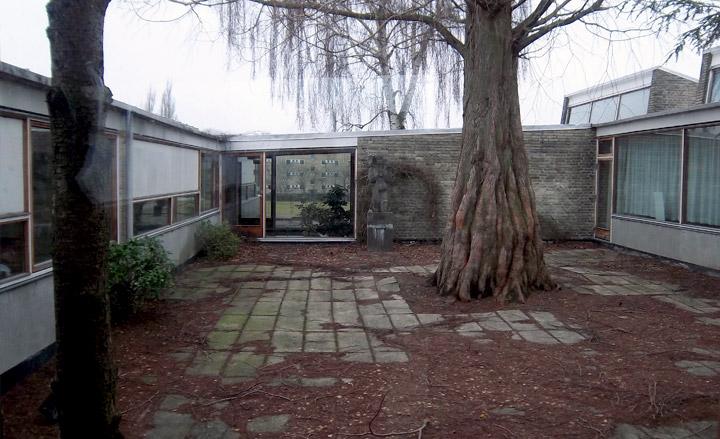
Jacobsen specified different plants and garden designs for each internal courtyard
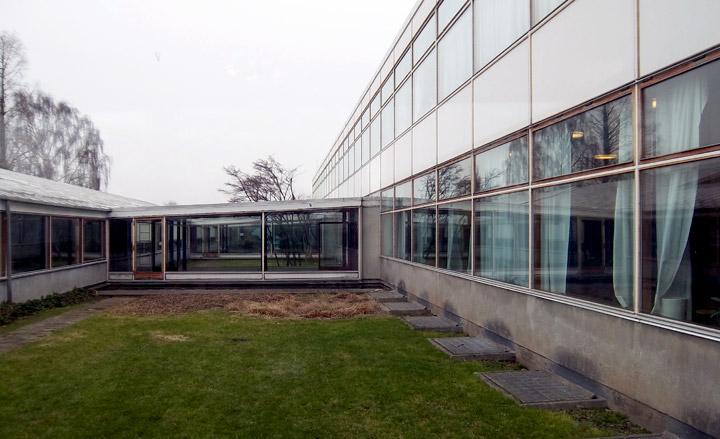
The last series of classrooms look towards the teacher’s assembly room, on the right
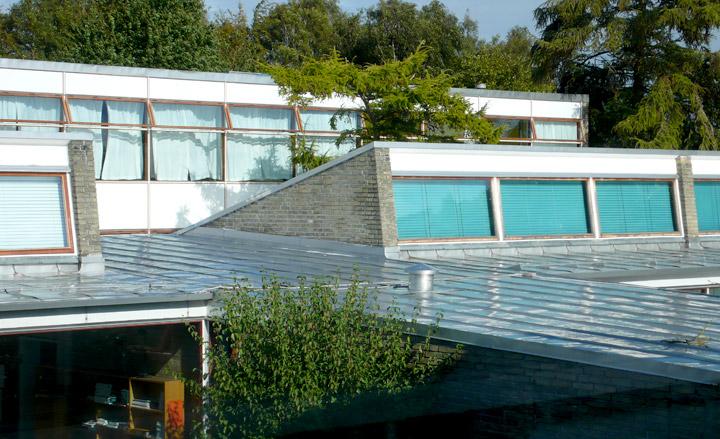
Light also flows into the school from skylights on the roof
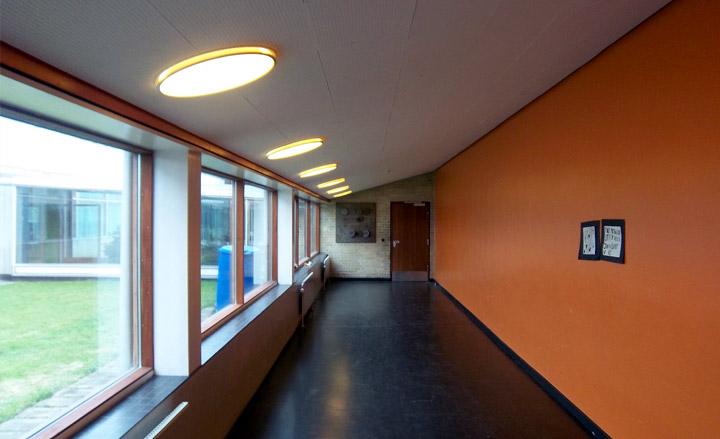
The corridors are brightly coloured according to Jacobsen’s specified scheme
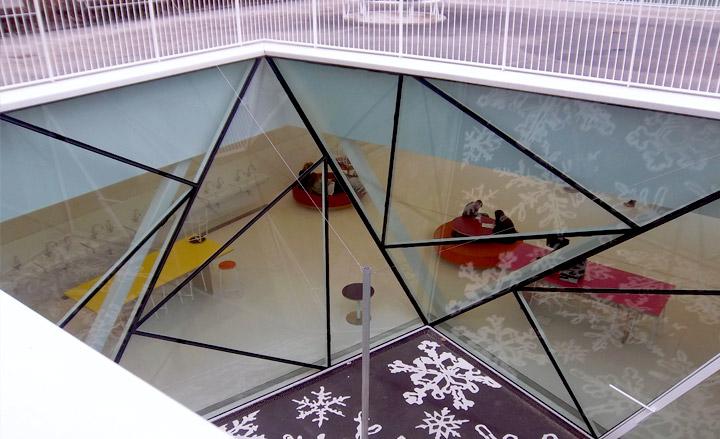
The School’s extension was built underground, so as to have as little impact on the original building as possible
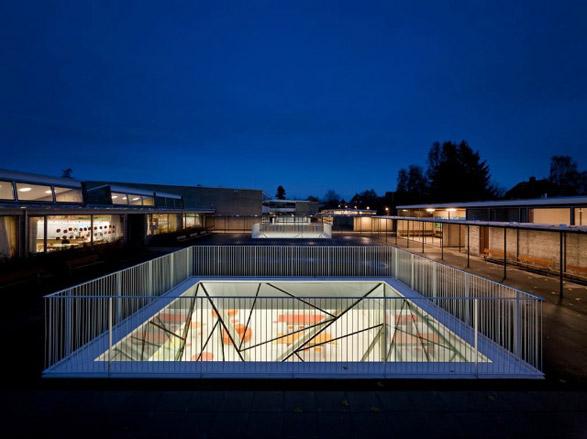
The Dorte Mandrup extension is only visible from the outside through the big light wells in the main courtyard
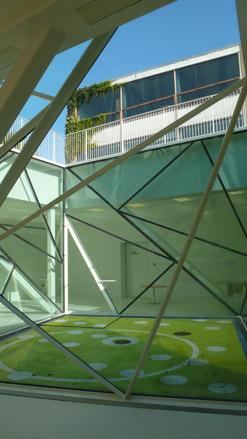
A light well, seen from below
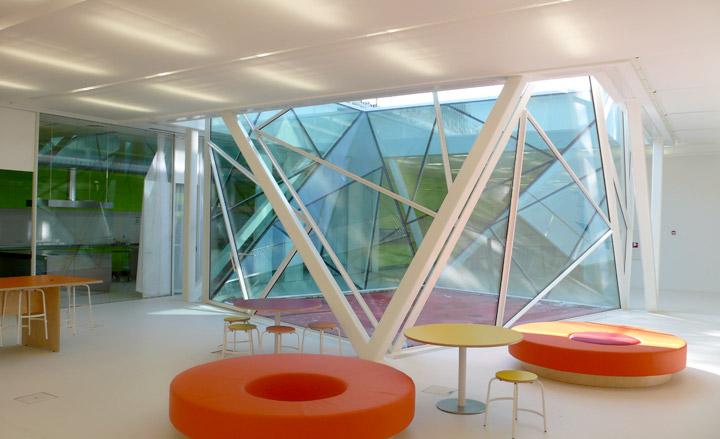
The extension was designed to be simple but clearly different to the old school
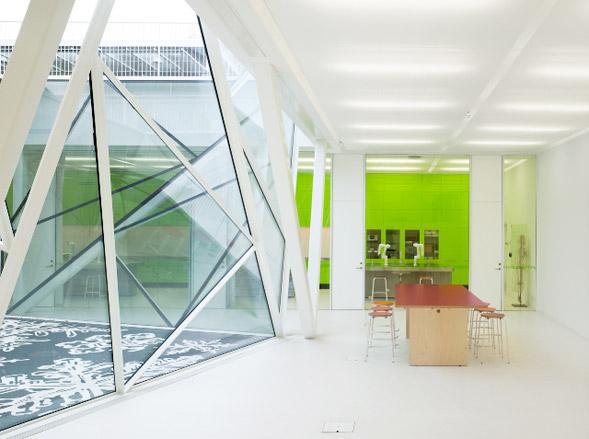
The extension’s clean bright spaces are used for after school clubs and activities
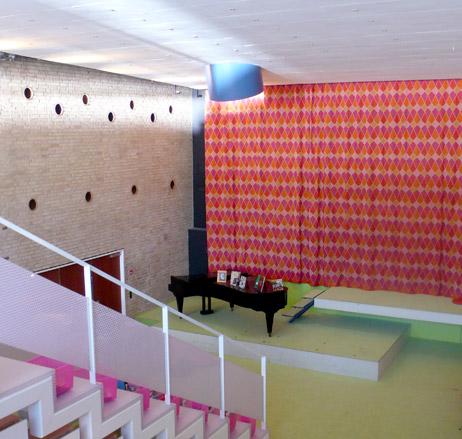
The main assembly room features curtains with original Arne Jacobsen prints
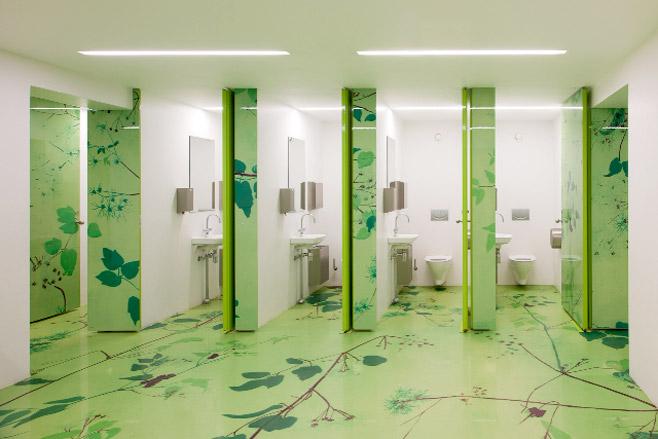
The Munkegaard School extension’s bathroom area, also complete with Arne Jacobsen nature-inspired prints
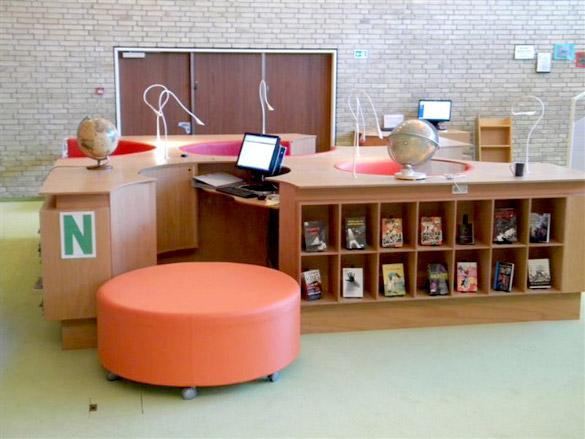
The Munkegaard School’s main assembly room, restored by Dorte Mandrup Architects to its former glory, using the original Jacobsen colour palette
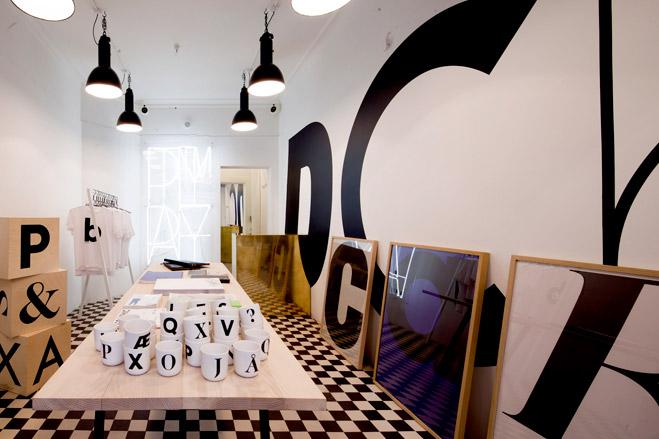
The brand new store in central Copenhagen of Playtype, a contributor to this year’s edition of the Modern Danish Warehouse
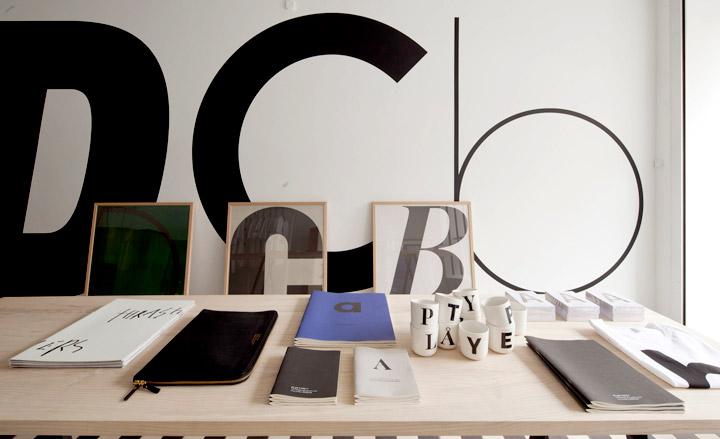
Playtype stock a range of products created in-house and inspired by their fonts
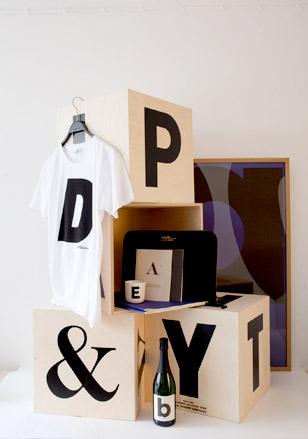
Playtype’s contributions to the Modern Danish Warehouse
ADDRESS
The Garage
North Terrace
London SW3 2AB
Wallpaper* Newsletter
Receive our daily digest of inspiration, escapism and design stories from around the world direct to your inbox.
Ellie Stathaki is the Architecture & Environment Director at Wallpaper*. She trained as an architect at the Aristotle University of Thessaloniki in Greece and studied architectural history at the Bartlett in London. Now an established journalist, she has been a member of the Wallpaper* team since 2006, visiting buildings across the globe and interviewing leading architects such as Tadao Ando and Rem Koolhaas. Ellie has also taken part in judging panels, moderated events, curated shows and contributed in books, such as The Contemporary House (Thames & Hudson, 2018), Glenn Sestig Architecture Diary (2020) and House London (2022).
-
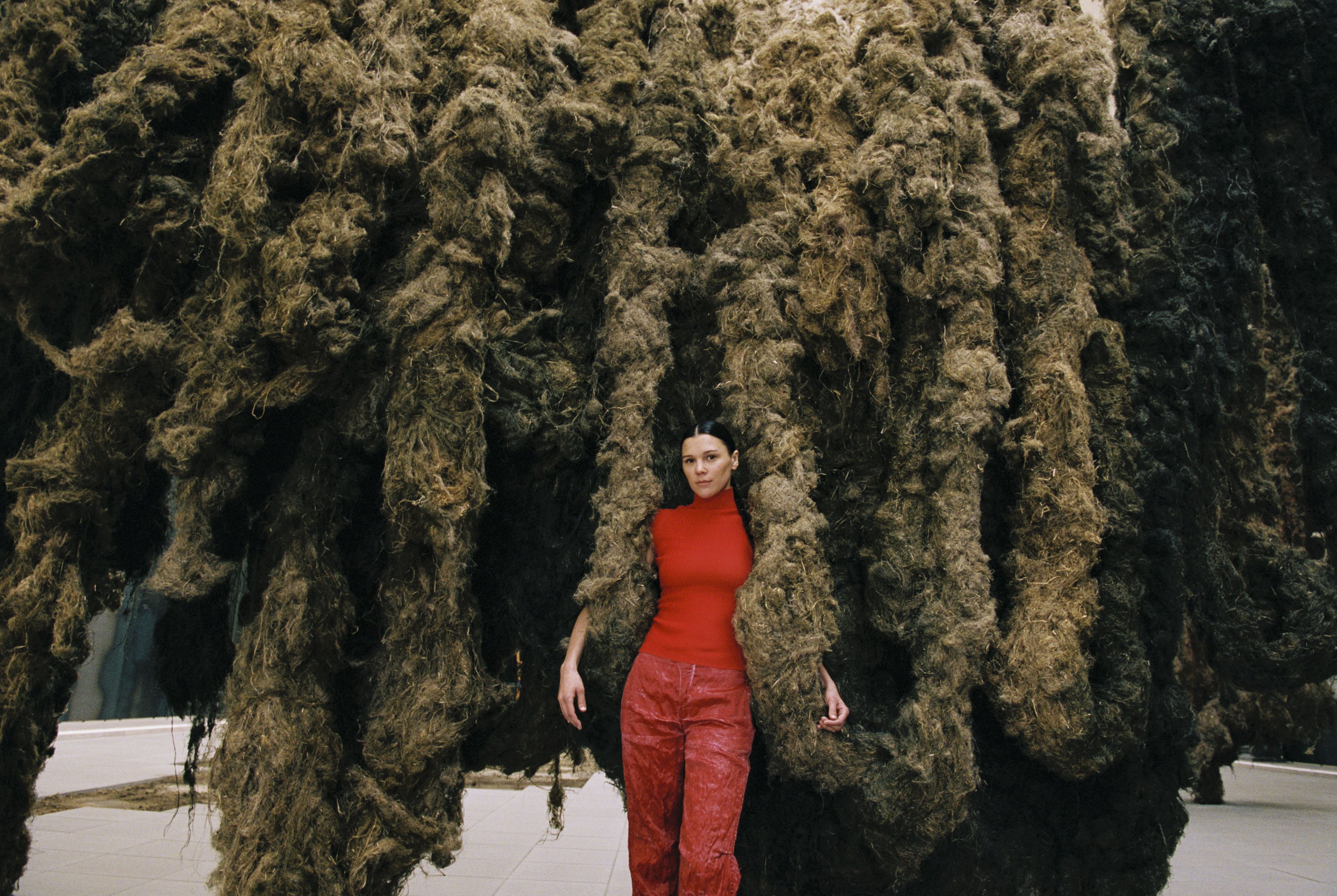 Klára Hosnedlová transforms the Hamburger Bahnhof museum in Berlin into a bizarre and sublime new world
Klára Hosnedlová transforms the Hamburger Bahnhof museum in Berlin into a bizarre and sublime new worldThe artist's installation, 'embrace', is the first Chanel commission at Hamburger Bahnhof
-
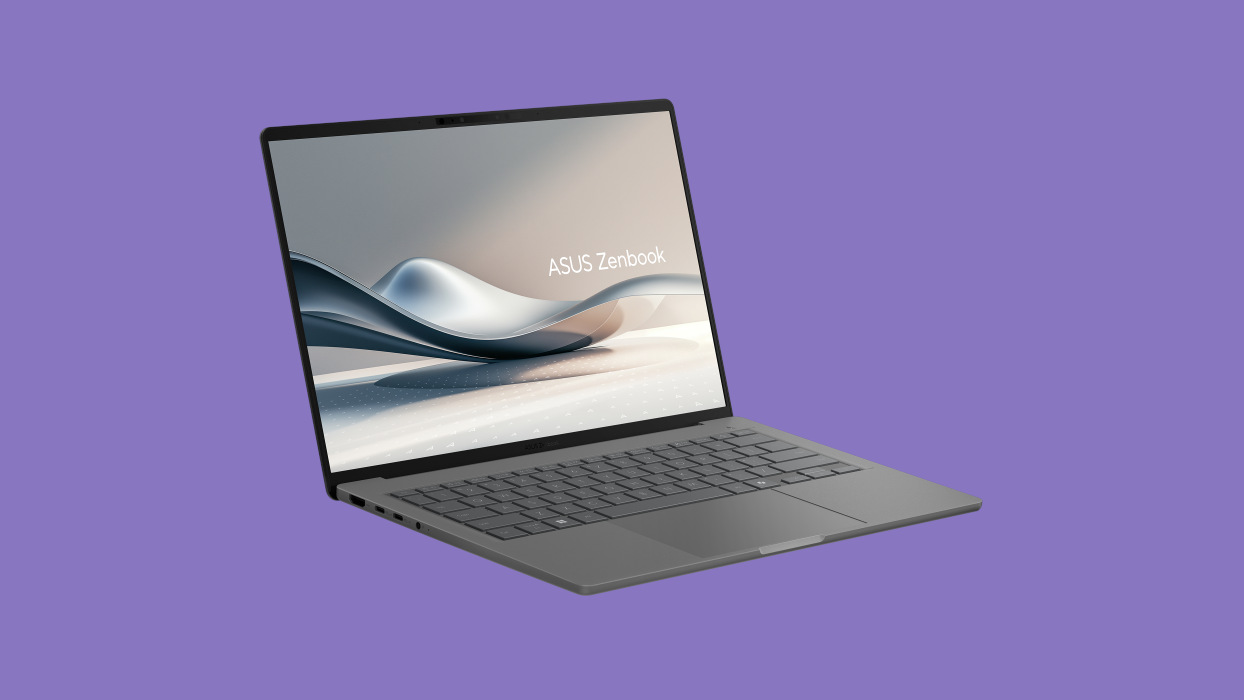 We test the all-new Asus Zenbook A14, a laptop shaped around new materials
We test the all-new Asus Zenbook A14, a laptop shaped around new materialsAsus hopes its Ceraluminium-based Zenbook laptops will bring brightness and lightness to your daily portable computing needs
-
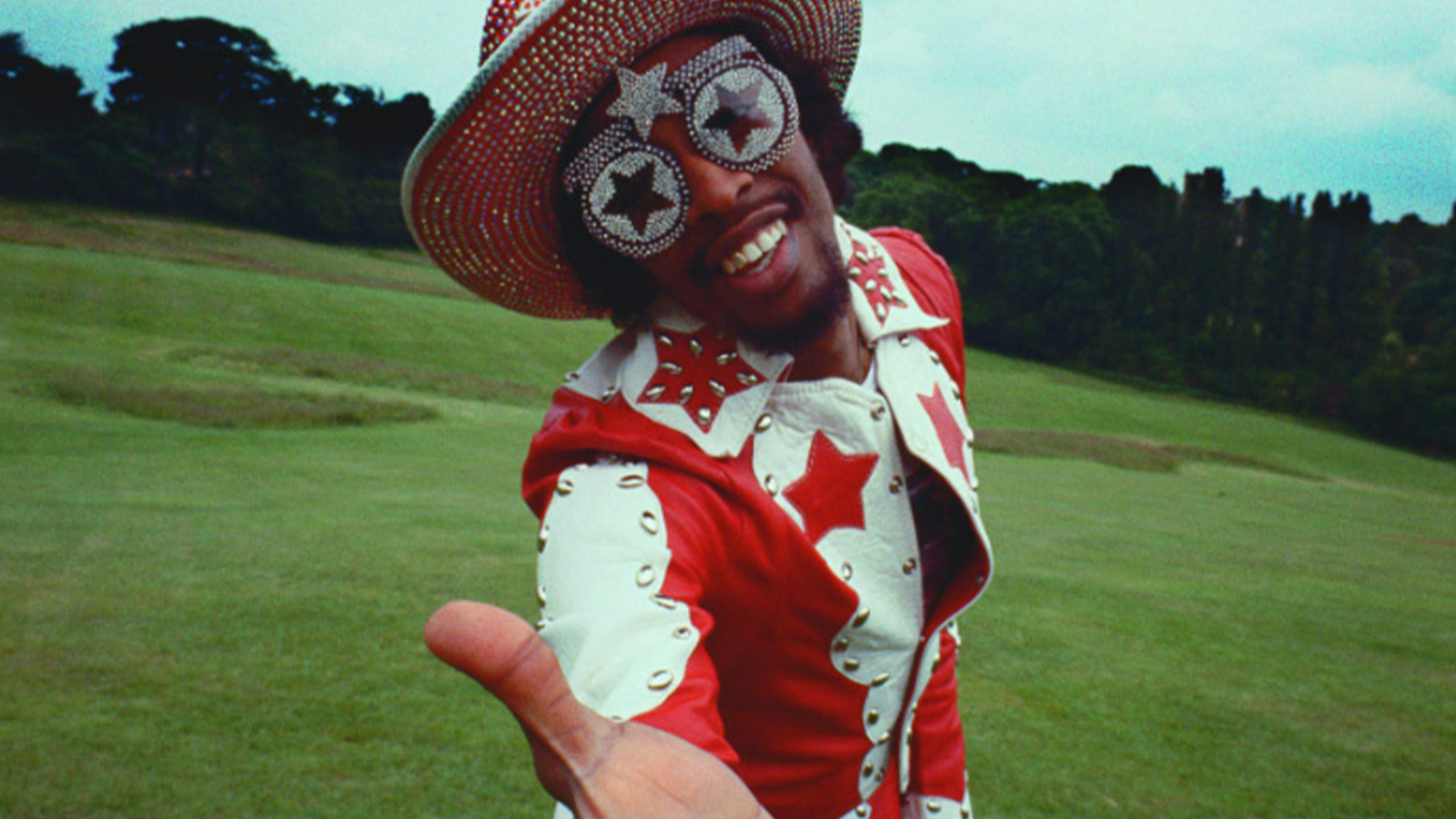 Paris art exhibitions to see in May
Paris art exhibitions to see in MayRead our pick of the best Paris art exhibitions to see in May, from rock 'n' roll photography by Dennis Morris at MEP to David Hockney at Fondation Louis Vuitton
-
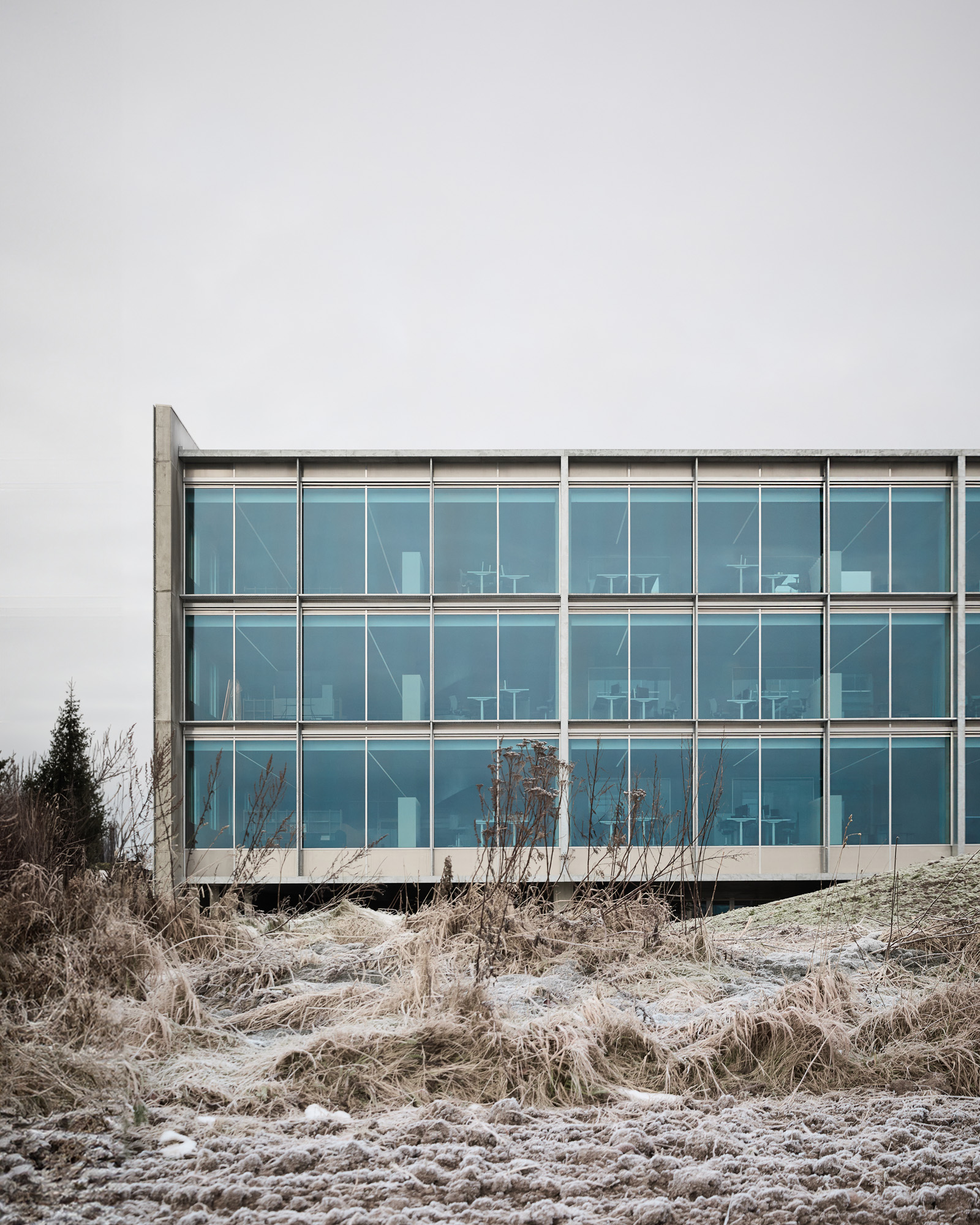 Step inside Rains’ headquarters, a streamlined hub for Danish creativity
Step inside Rains’ headquarters, a streamlined hub for Danish creativityDanish lifestyle brand Rains’ new HQ is a vast brutalist construction with a clear-cut approach
-
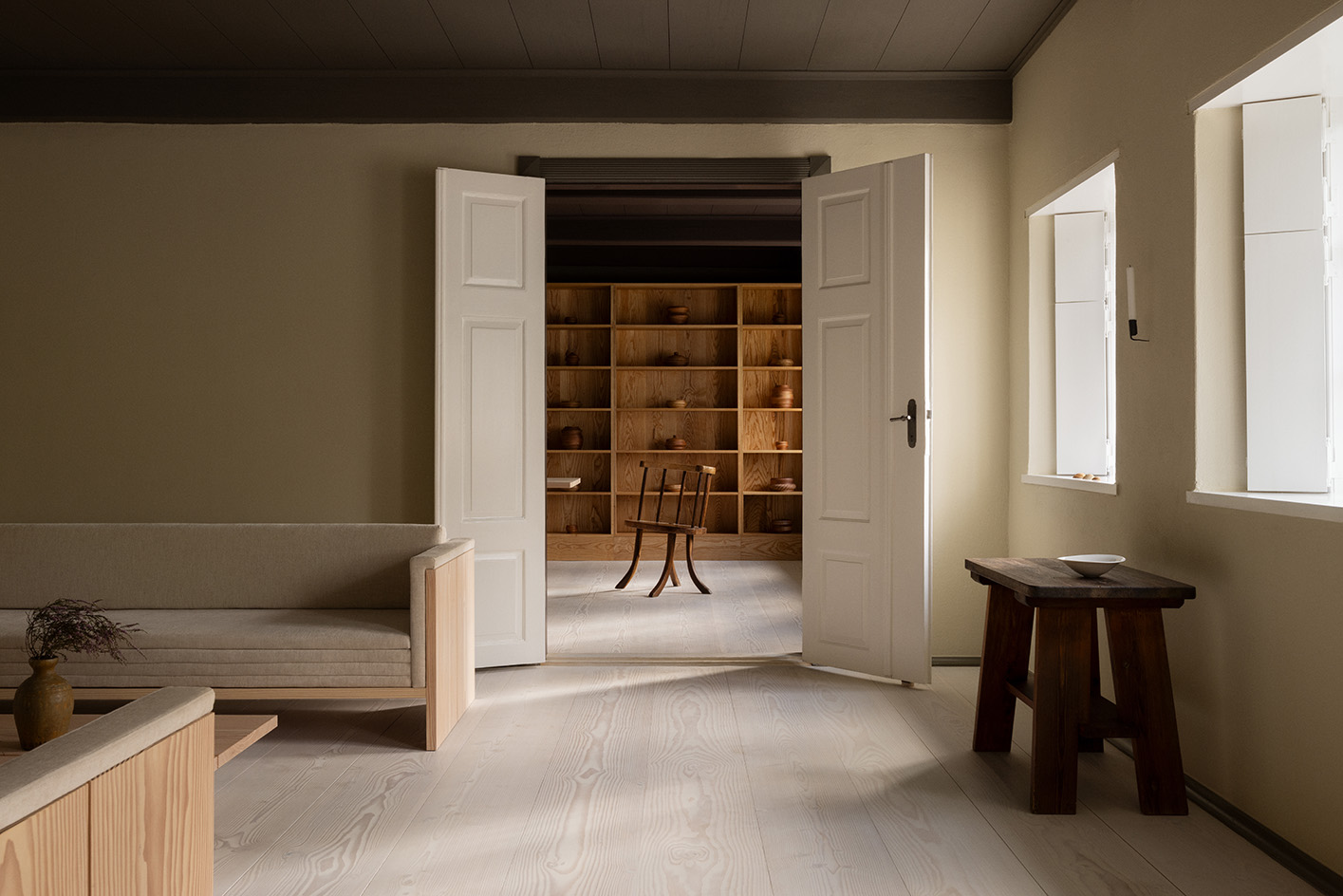 This restored Danish country home is a celebration of woodworking – and you can book a stay
This restored Danish country home is a celebration of woodworking – and you can book a stayDinesen Country Home has been restored to celebrate its dominant material - timber - and the craft of woodworking; now, you can stay there too
-
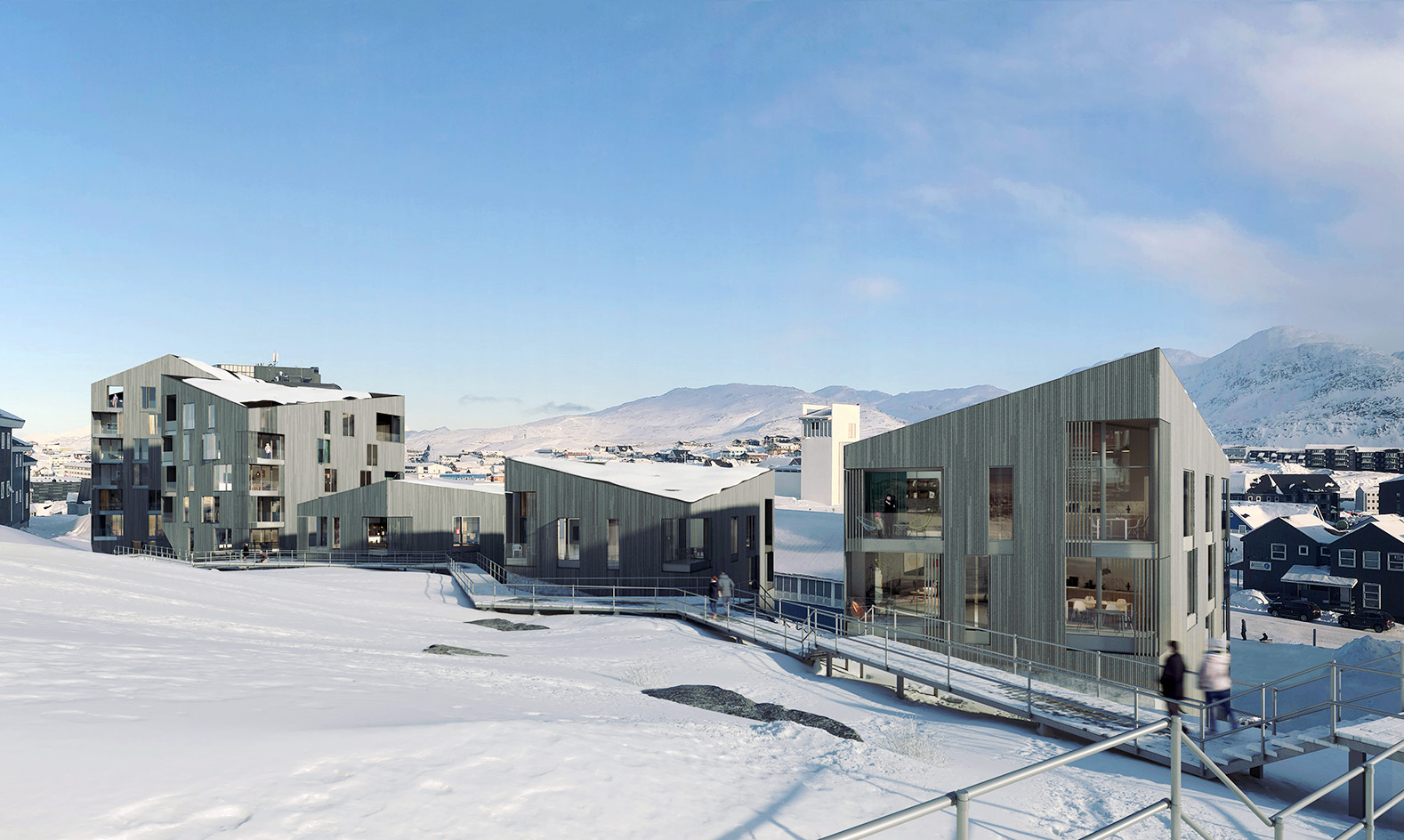 Greenland through the eyes of Arctic architects Biosis: 'a breathtaking and challenging environment'
Greenland through the eyes of Arctic architects Biosis: 'a breathtaking and challenging environment'Danish architecture studio Biosis has long worked in Greenland, challenged by its extreme climate and attracted by its Arctic land, people and opportunity; here, founders Morten Vedelsbøl and Mikkel Thams Olsen discuss their experience in the northern territory
-
 The Living Places experiment: how can architecture foster future wellbeing?
The Living Places experiment: how can architecture foster future wellbeing?Research initiative Living Places Copenhagen tests ideas around internal comfort and sustainable architecture standards to push the envelope on how contemporary homes and cities can be designed with wellness at their heart
-
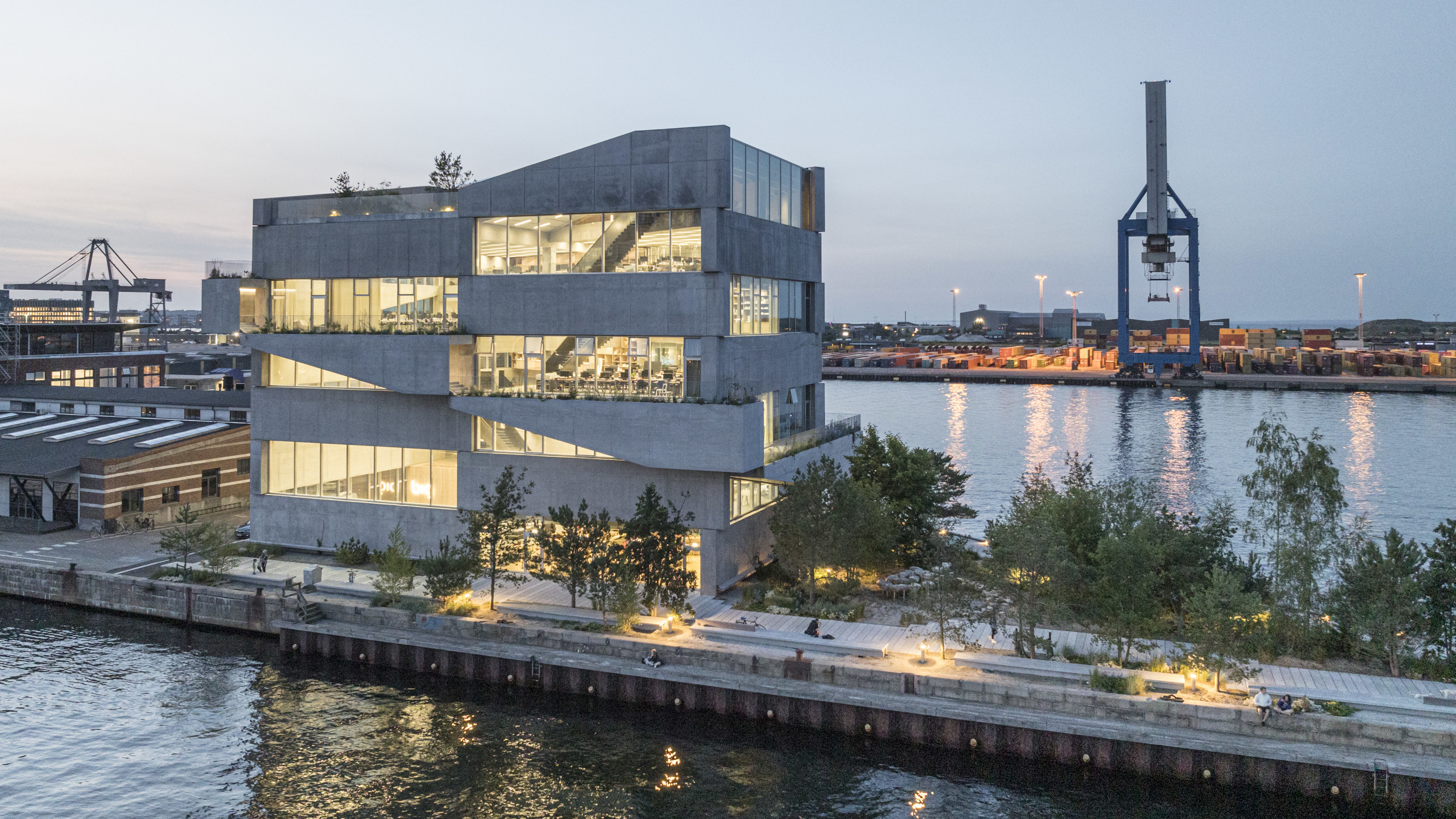 Denmark’s BIG has shaped itself the ultimate studio on the quayside in Copenhagen
Denmark’s BIG has shaped itself the ultimate studio on the quayside in CopenhagenBjarke Ingels’ studio BIG has practised what it preaches with a visually sophisticated, low-energy office with playful architectural touches
-
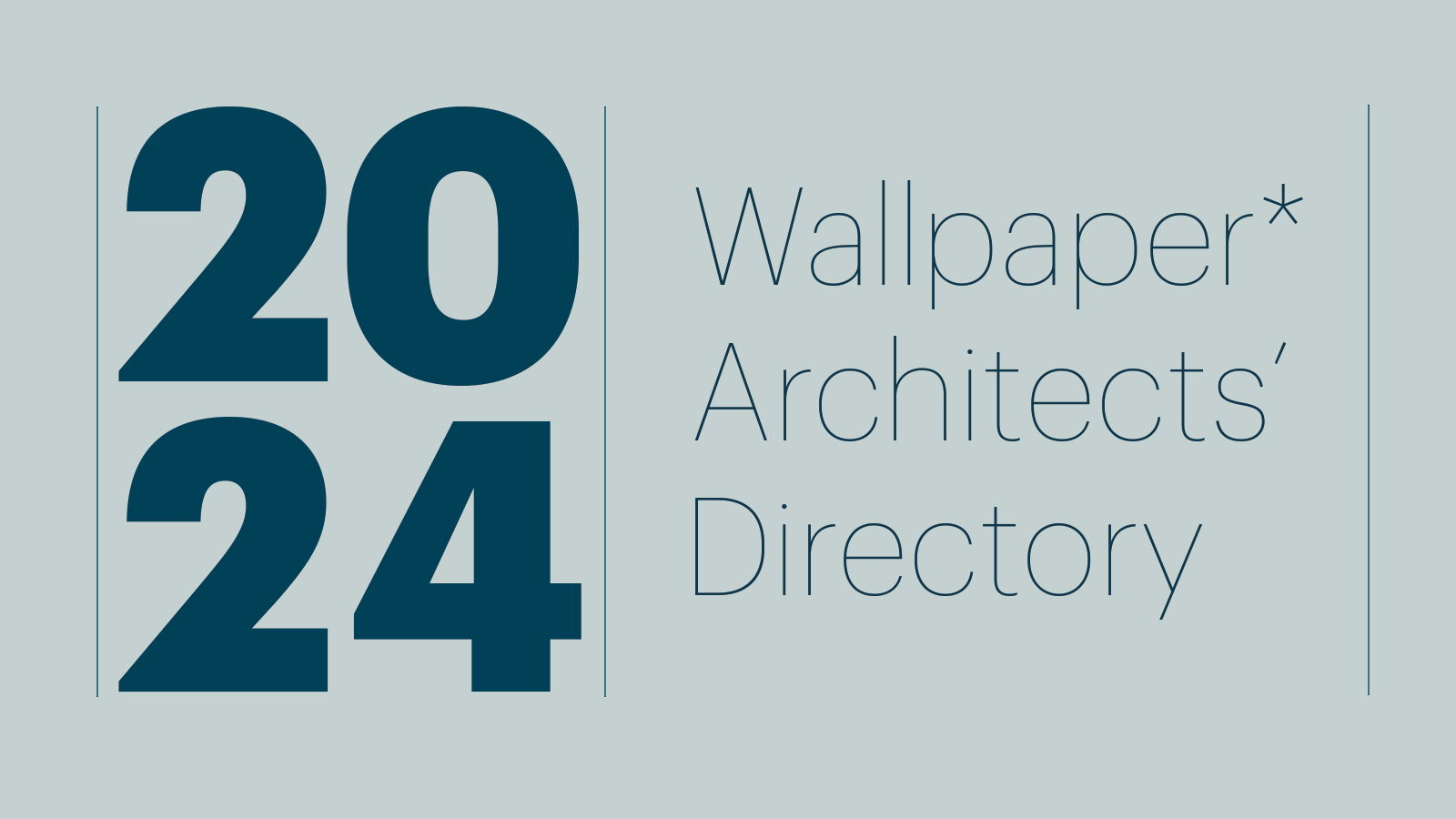 Wallpaper* Architects’ Directory 2024: meet the practices
Wallpaper* Architects’ Directory 2024: meet the practicesIn the Wallpaper* Architects Directory 2024, our latest guide to exciting, emerging practices from around the world, 20 young studios show off their projects and passion
-
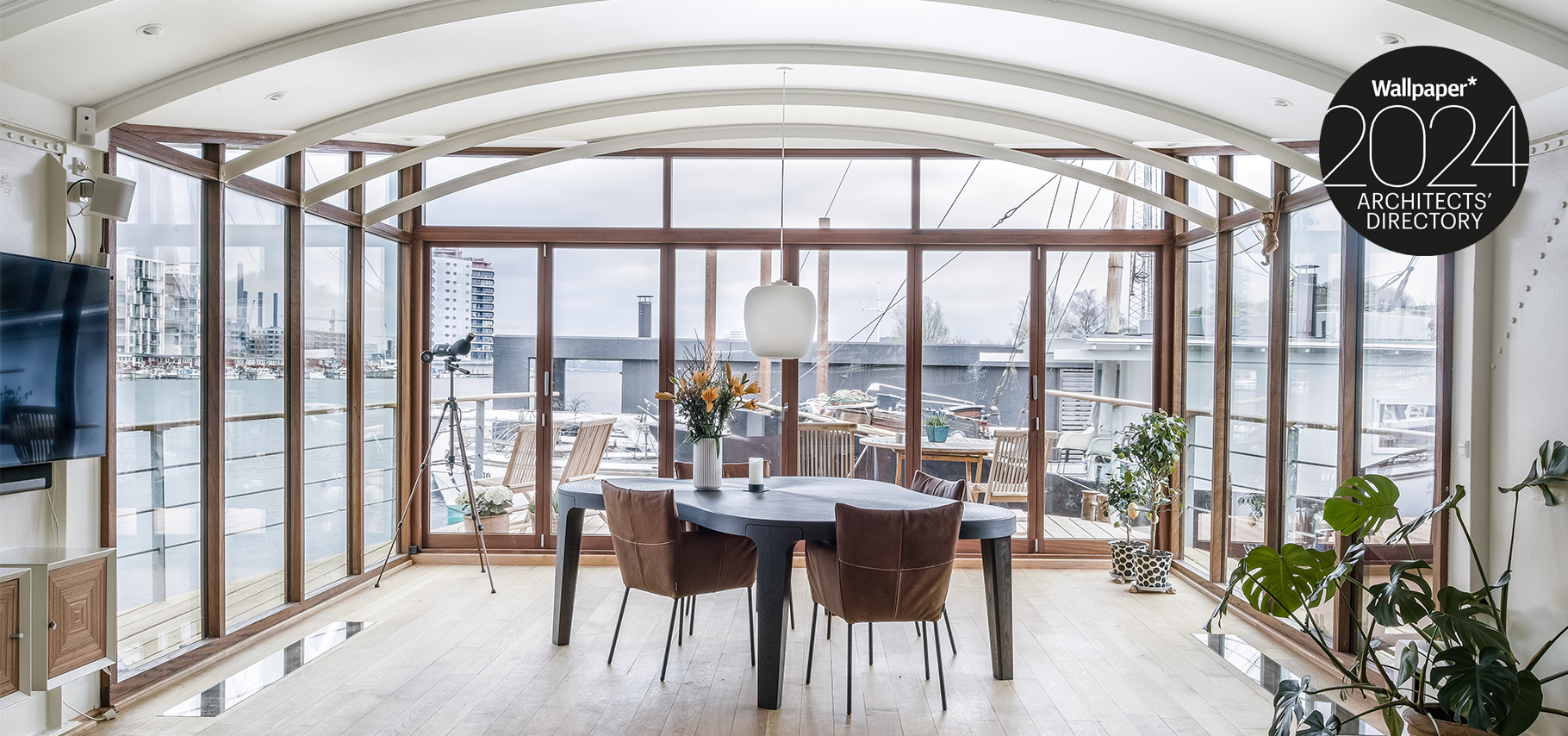 Meet Mast, the emerging masters of floating architecture
Meet Mast, the emerging masters of floating architectureDanish practice Mast is featured in the Wallpaper* Architects’ Directory 2024
-
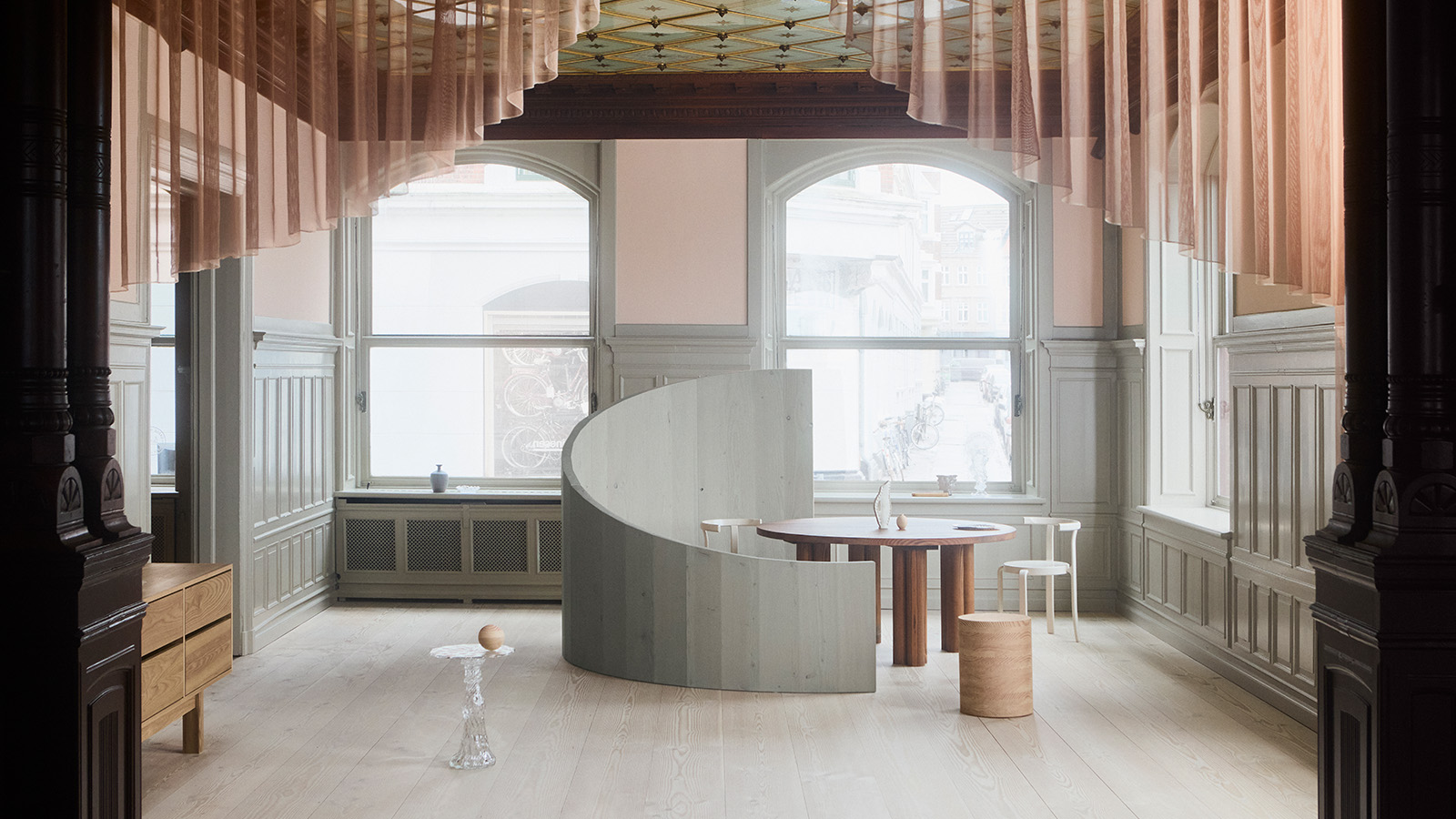 A redesigned Aarhus showroom reinterprets Danish history through modern context
A redesigned Aarhus showroom reinterprets Danish history through modern contextDanish architecture studio Djernes & Bell transforms the Aarhus showroom for Dinesen and Garde Hvalsøe by blending old and new